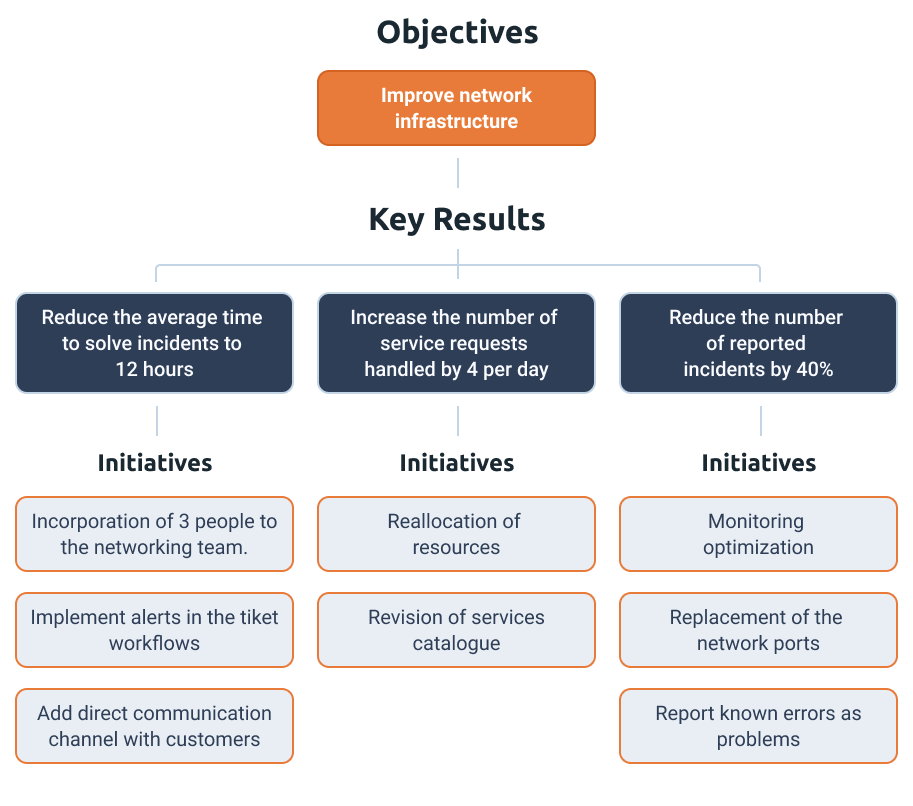In the competitive world of startups, the ability to get things done efficiently and effectively is paramount to success. As a founder, it’s crucial to implement systems that streamline processes and ensure that the right objectives are achieved. One such powerful system is the OKR (Objectives and Key Results) framework, which has been instrumental in the success of numerous renowned companies like Vivino, Google, and Intel. In this comprehensive guide, we will delve into the intricacies of the OKR system and provide a detailed seven-step process on how to implement it in your own business.
Understanding the OKR System: A Brief History Lesson
The OKR system, popularized by Google, was initially introduced by Andy Grove, the co-founder of Intel, and further evangelized by John Doerr. It has been a fundamental tool for companies of all sizes, proving its effectiveness at scaling businesses and achieving set goals.
Step 1: Setting High-Level Objectives
To kickstart the implementation process, it’s essential to establish clear and concise high-level objectives. Avoid spreading resources thin by focusing on one or two critical goals for the quarter. For instance, if you’re running an E-commerce site that sells T-shirts, your high-level objective could be to increase sales by 20%.
Step 2: Breaking Down Objectives into Projects and Key Results
Once the high-level objectives are defined, it’s time to break them down into manageable projects. Concentrate on projects that directly contribute to achieving the established high-level objectives. For our E-commerce example, a feasible project could be “Start Selling Polo Shirts.”
Step 3: Assembling the Right Team
Selecting an autonomous team equipped with the necessary resources is crucial. Assign a reliable team lead and ensure that team members are not overloaded with multiple projects. Finding the right balance is key to ensuring productivity and efficiency.
Step 4: Monthly Breakdowns
Encourage your team to break down the projects into monthly tasks and initiatives. This approach creates a sense of urgency and allows for a more focused approach toward achieving key results. For instance, for the E-commerce example, tasks could include listing 30 polos in January and creating engaging content for the products in February.
Step 5: Company-wide Announcement
Transparency is vital in fostering a collaborative work environment. Share the objectives and key results with the entire company to ensure that everyone is aligned with the set goals and understands their roles in achieving them.
Step 6: Weekly Check-Ins
Regular check-ins are crucial for monitoring progress and addressing any potential obstacles. Hold brief weekly meetings to ensure that the projects are on track and provide the necessary resources for the team to achieve their goals.
Step 7: Scoring and Evaluation
At the end of the quarter, it’s essential to evaluate the performance of each project and provide constructive feedback. Utilize a scoring system to assess the achievements and identify areas for improvement. This step is not about assigning blame but rather about learning and refining strategies for future quarters.
Implementing the OKR system can significantly enhance your startup’s productivity and ultimately contribute to achieving long-term success. By following this comprehensive guide, you can streamline your operations and ensure that your team is focused on achieving the right objectives.

